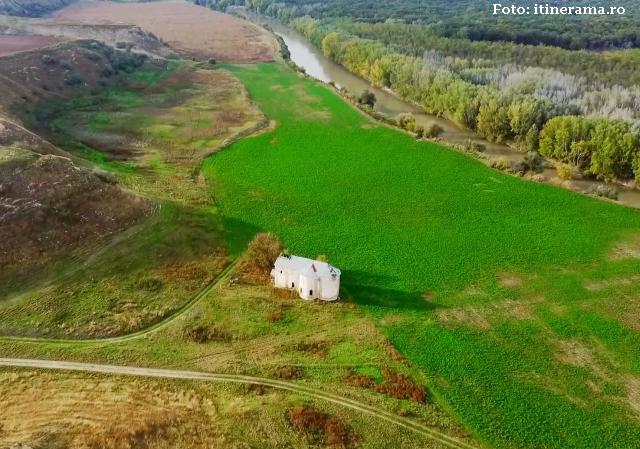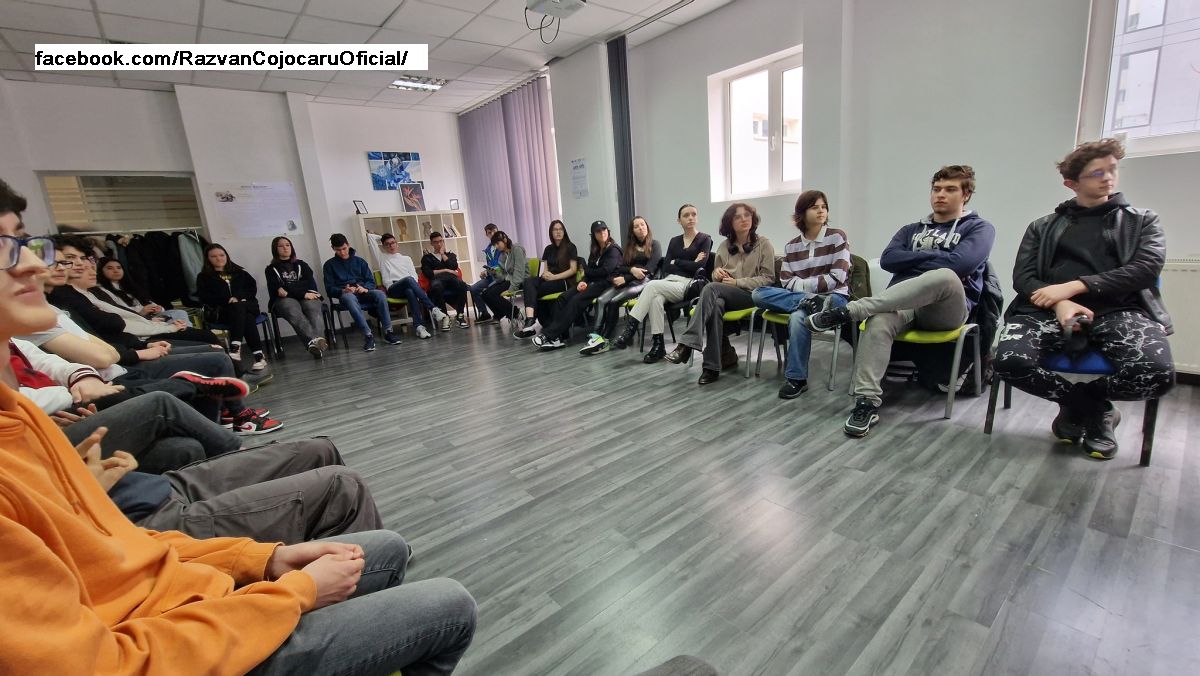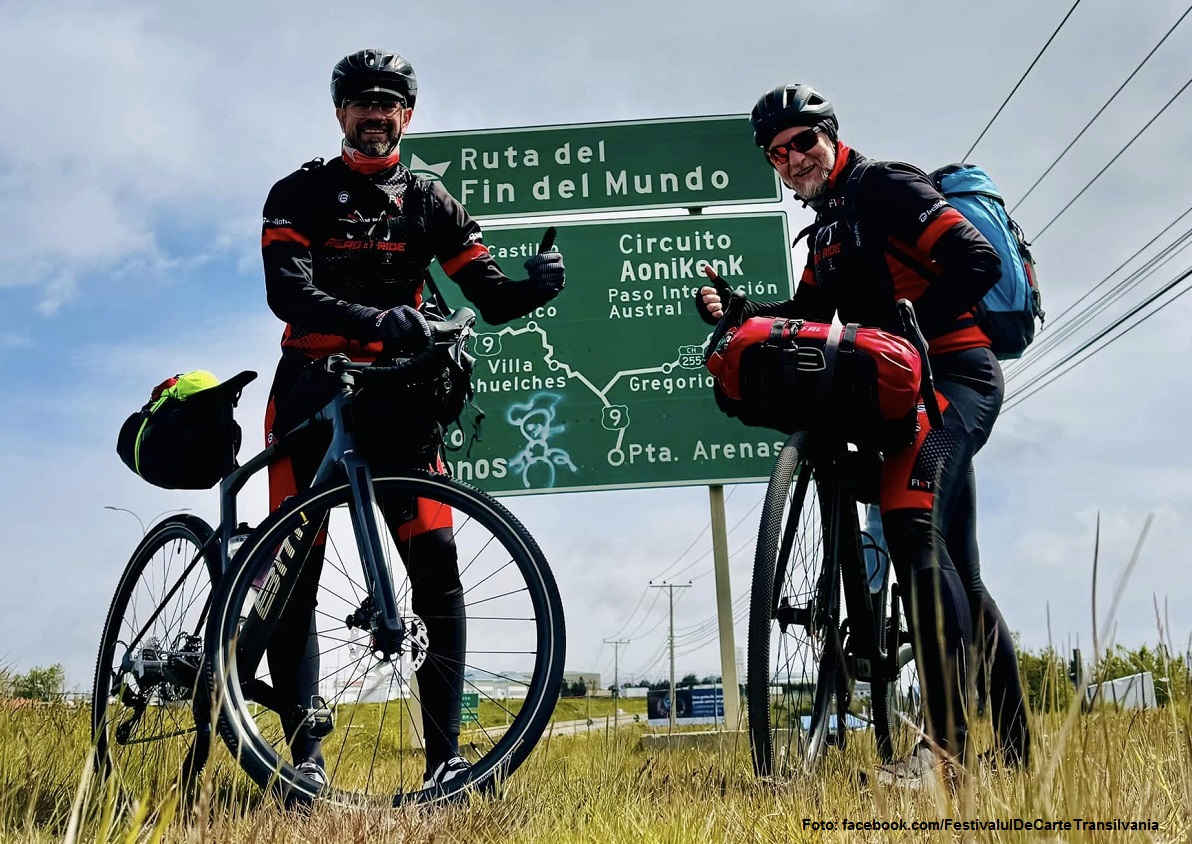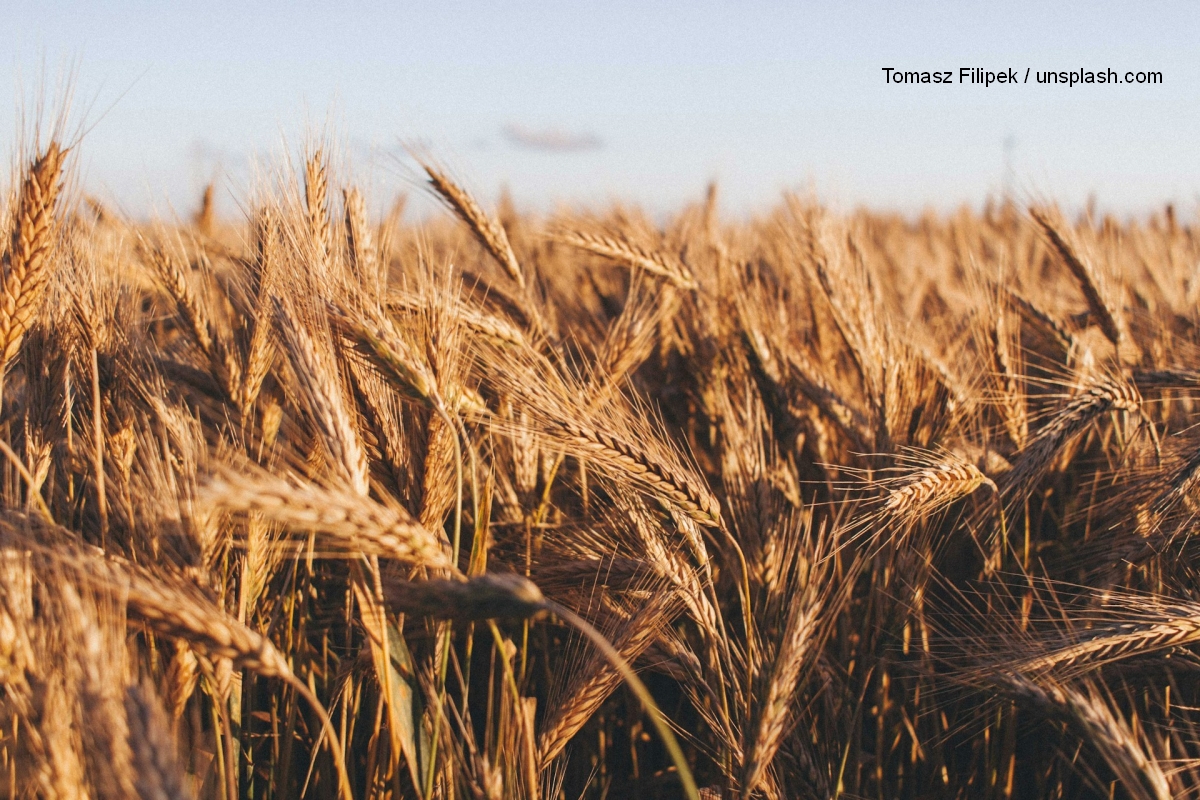Bărăgan 3D
New virtual tourist guide is launched in Romania covering south-eastern region of Bărăgan.

Ana-Maria Cononovici, 05.01.2021, 14:00
A new virtual project was launched in
November in Romania: the first travel guide dedicated exclusively to Bărăgan, a
region in the south-eastern part of the country. The guide is called Itinerama -
Explorer in Bărăgan and provides visitors with a comprehensive list of material
and intangible heritage sites from the area. The platform also contains the
first audio guide of the region, the first 3D museum of Bărăgan and special
sections dedicated to the music conductor Ionel Perlea and the sculptor Nicăpetre,
who hail from this area.
Cristian Curuș, who is the manager of
the project, said 100 different sites with tourist potential were identified in
the first stage:
Some of these sites are already used
as tourist attractions, such as the museums and the archaeological sites that
can be visited for a very modest fee. There are, however, many other places
that are not on the tourist map. Some of these places are considered heritage
and are on the list of protected monuments, but are not open to visitors, such
as manor houses, churches and even archaeological sites to which visitors don’t
have access. For example, tourists haven’t had access to the site in Popina Bordușani, in Ialomița county, for
the last two years, but thanks to this project, we’re trying to organise together
with the Ialomița County Museum a series of guided tours for visitors. The Bărăganguide
proposes four itineraries: the upper Bărăgan region, with the most important
sites in Călărași and Ialomița counties; Bărăgan from south to north, with a series
of potential tourist sites along Danube river on the stretch between Călărași and
Brăila, a tour of manor houses and a tour of the churches. Visitors can organise
these trips on their own. The project’s website, itinerama.ro, will be providing
interactive maps showing the distance in km between various sites, the time it
takes to get there, etc, so tourists can create their own itinerary.
Adriana
Lucaciu is one of the photographers who worked on the project to create an
online tourist guide of Bărăgan. She told us what the experience was like for
her:
We took
photos of many manor houses which are unfortunately abandoned and not in very good
shape from a conservation point of view, we also took photos of the Popina
Bordușani protected area, which is very little known despite being a beautiful
place. We also took photos of many road side crosses from the 1800s, some of which
are located where you might least expect them, in the middle of fields, and decorated
with all kinds of carved symbols about which visitors can find out more from
the Agriculture Museum in Slobozia.
Adriana
Lucaciu now tells us more about the Agriculture Museum in Slobozia, which she
says is a very nice place to visit:
The Agriculture
Museum in Slobozia is very pleasantly built. It has an area with workshops as
they used to look like in the old time. Visitors can walk down the corridor and,
on either side, see rooms recreating different workshops, an ironsmith’s or a
baker’s, as well as an old school classroom with wooden benches and old
manuals, and an old kitchen. The museum also has a collection of stone crosses from
the village of Poiana, which were brought over after the local cemetery was dismantled.
The crosses date back from the 1800s. There are explanations for visitors
containing translations of their inscriptions and the interpretation of the
symbols.
Photographer
Adriana Lucaciu says there are a lot of unusual sites in the region:
Looking
at a list of heritage sites, we came across a mention about a so-called cursed
cemetery in Lehliu. So, we started to look for it, but no precise location was
mentioned. When we arrived on Lehliu, we started to ask the locals about the
cemetery but all we got in response were funny looks. Eventually, we met a
young man who remembered that there was an abandoned cemetery in the village
but didn’t know exactly where, only pointed in the direction of a street. We walked
up and down that street and then a nice old man came out of his house and we
asked him about the cemetery he said it had been abandoned before he was born. He
pointed at some trees in the distance and said that if we go past those trees and
venture into the wasteland behind, we’d be sure to find the crosses. That’s exactly
what happened and I can’t tell you how we felt when we saw the stone crosses,
some still standing, some fallen to the ground, taken over by the vegetation on
the bank of the river.
Itinerama – Explorer in Bărăgan, the
project to map out the tourist attractions in this south-eastern Romanian
region, is carried out with the support of the Administration of the National
Cultural Fund, the National Institute for Heritage and the museums in the Bărăgan
area.






























